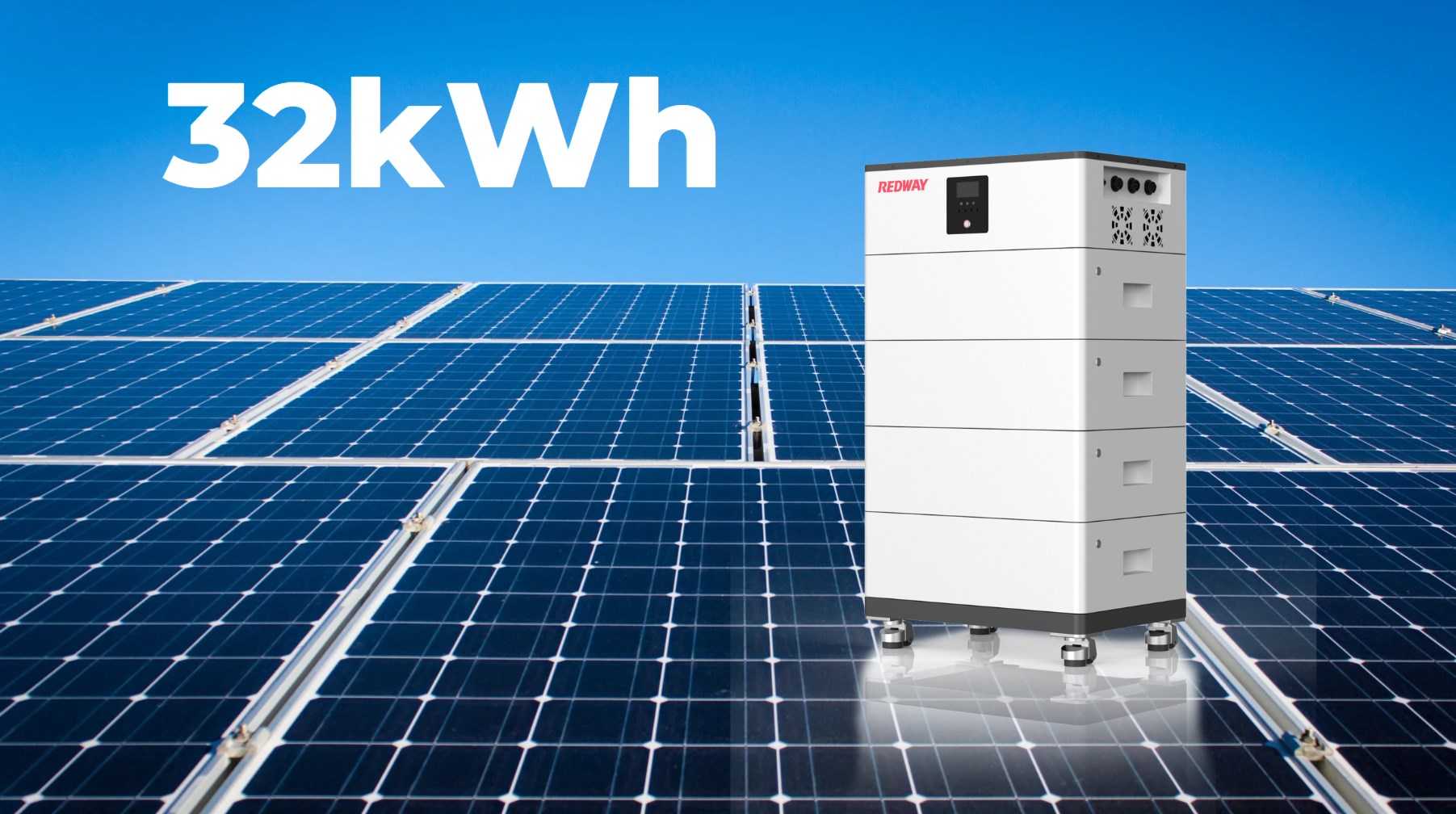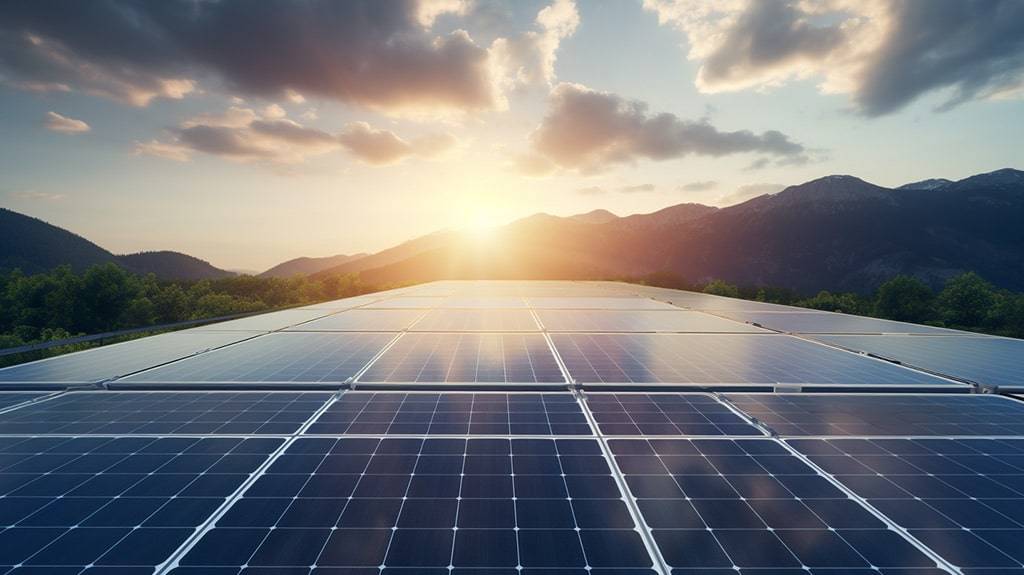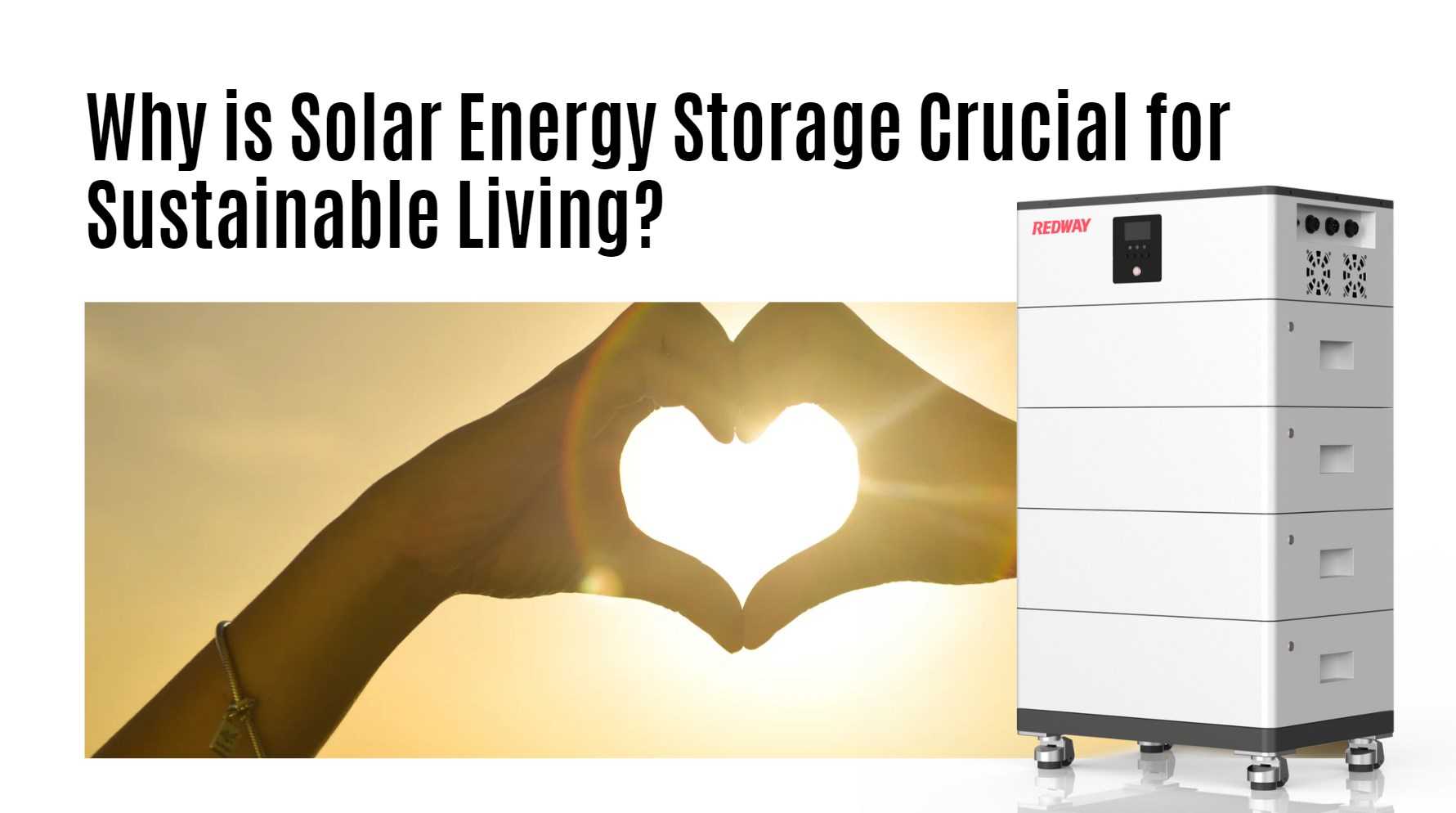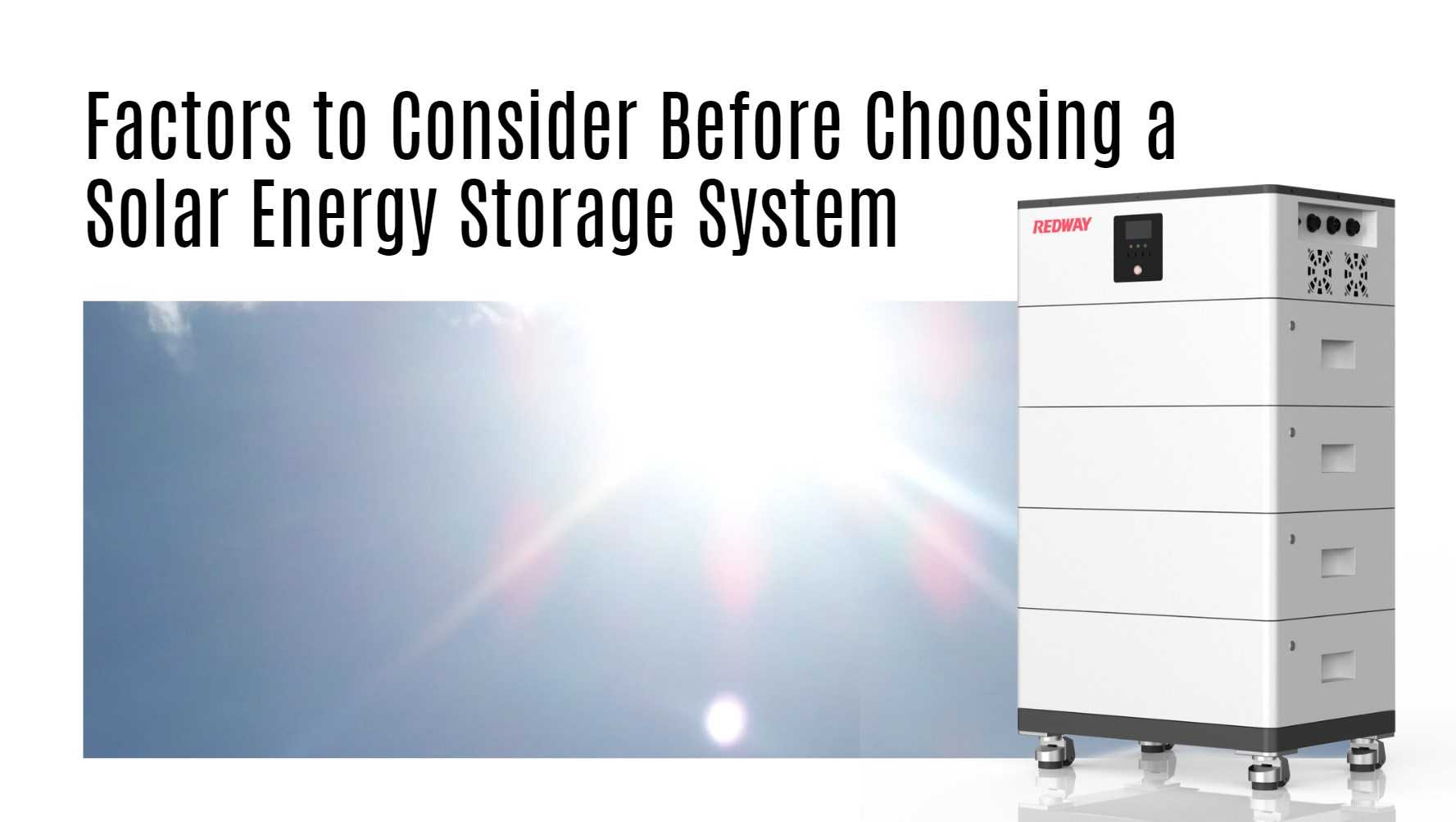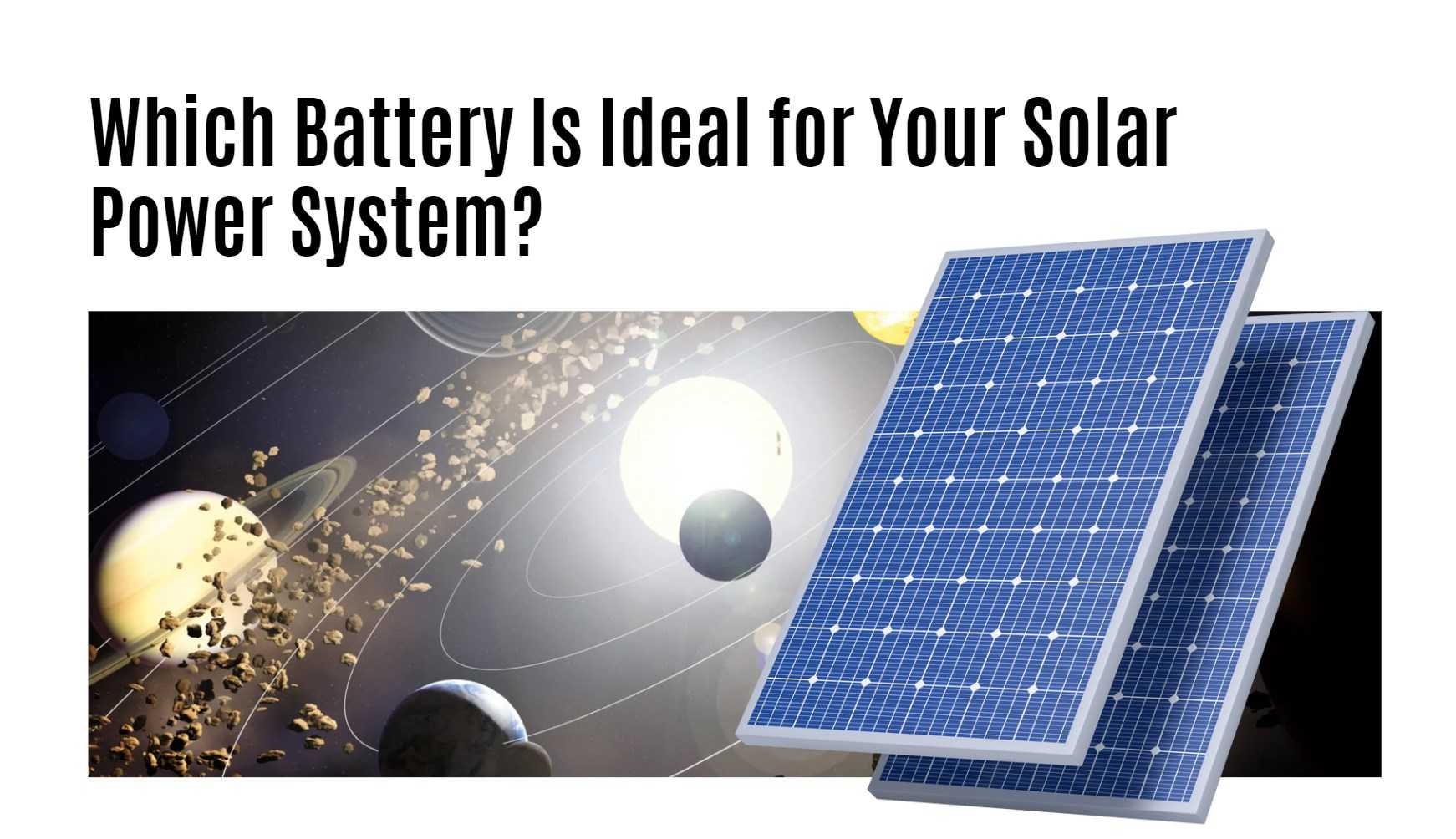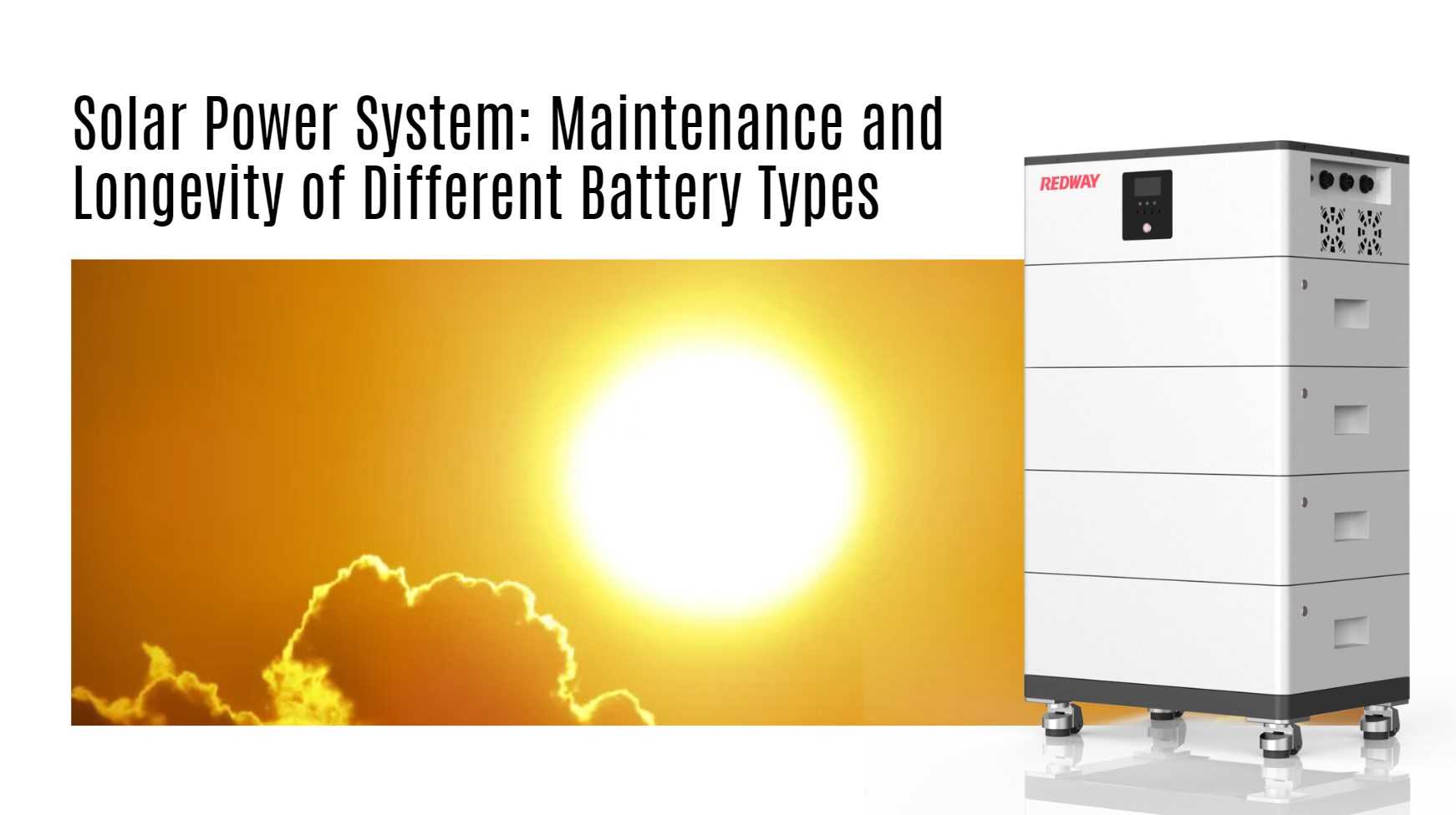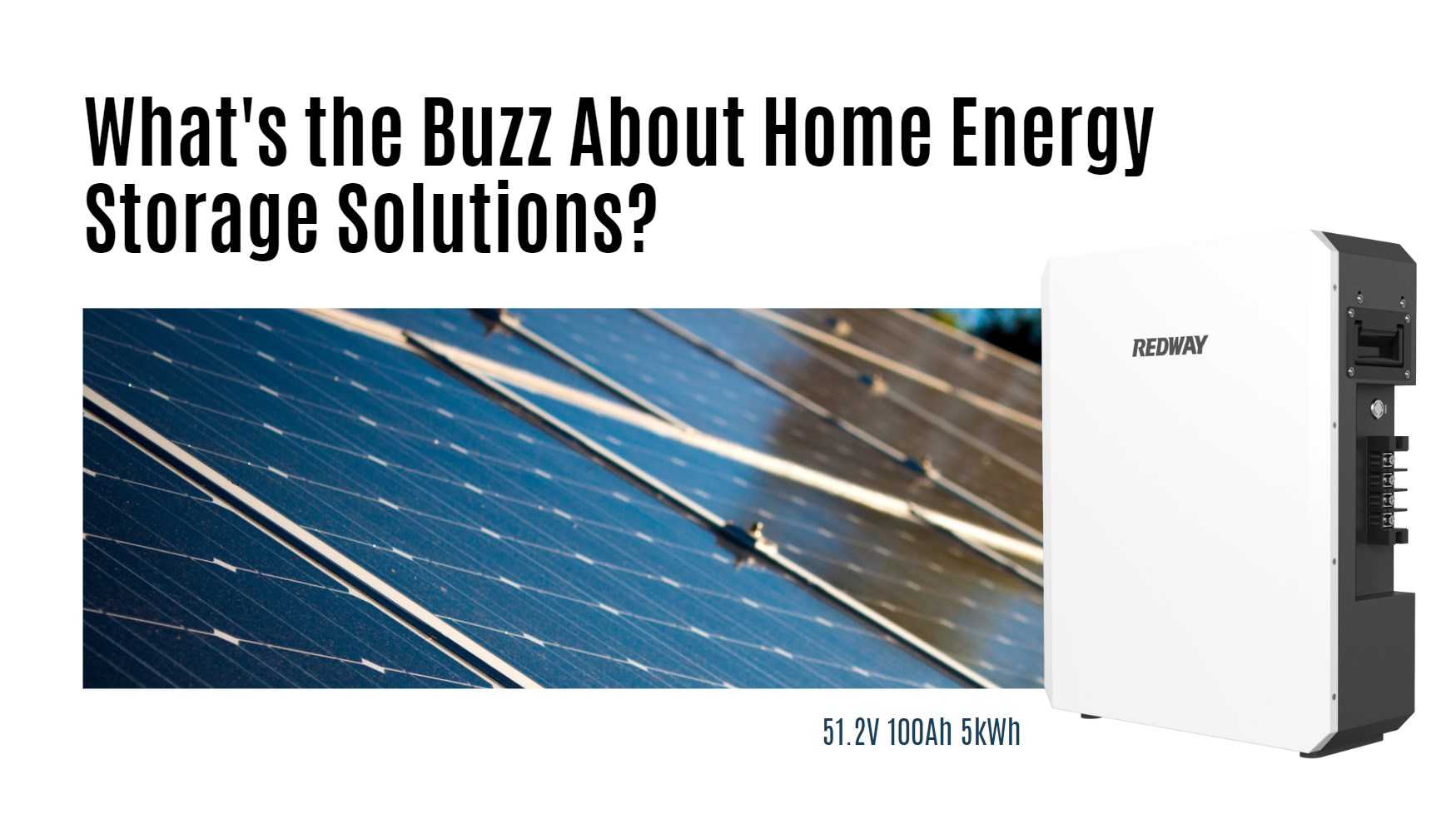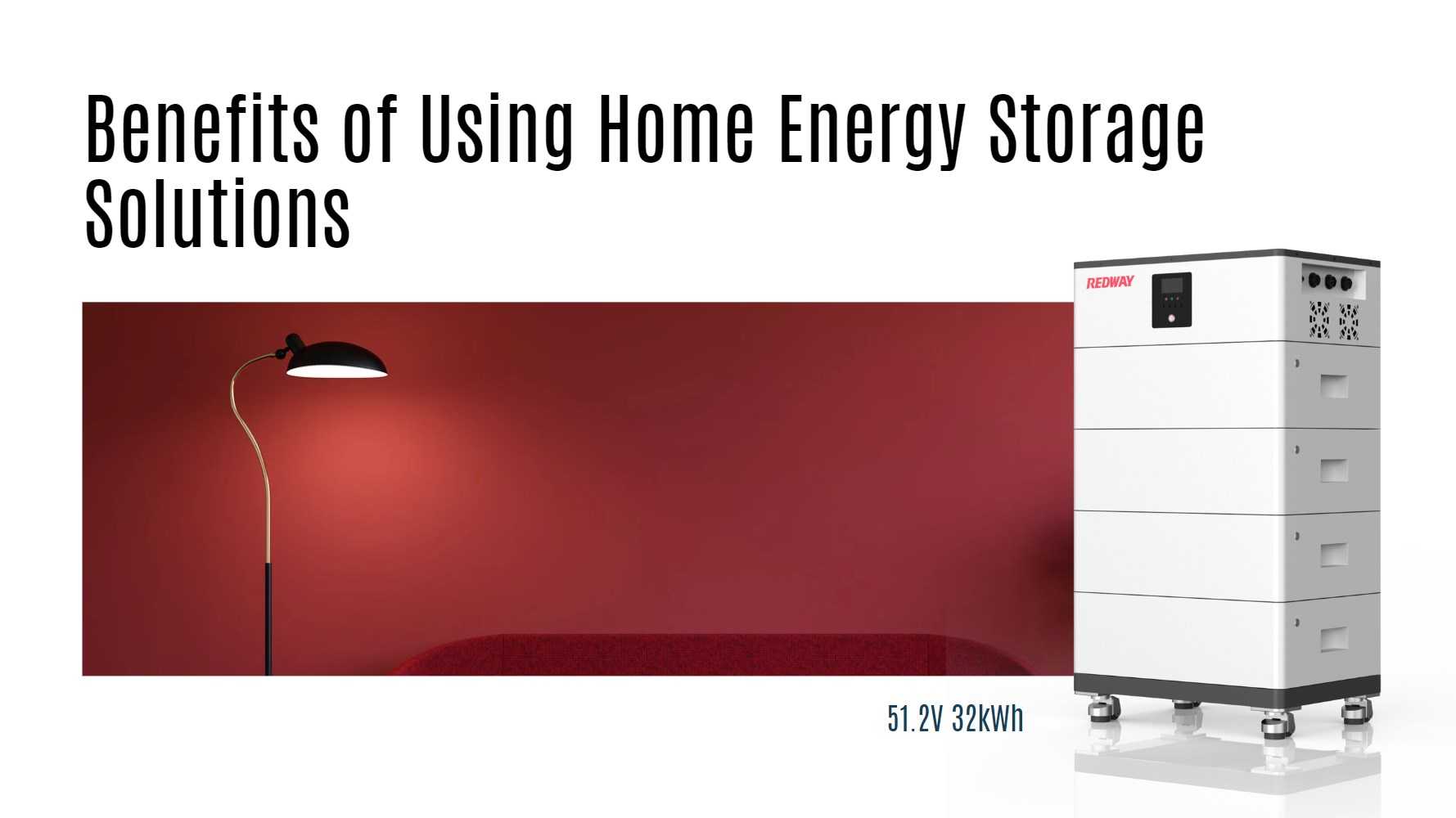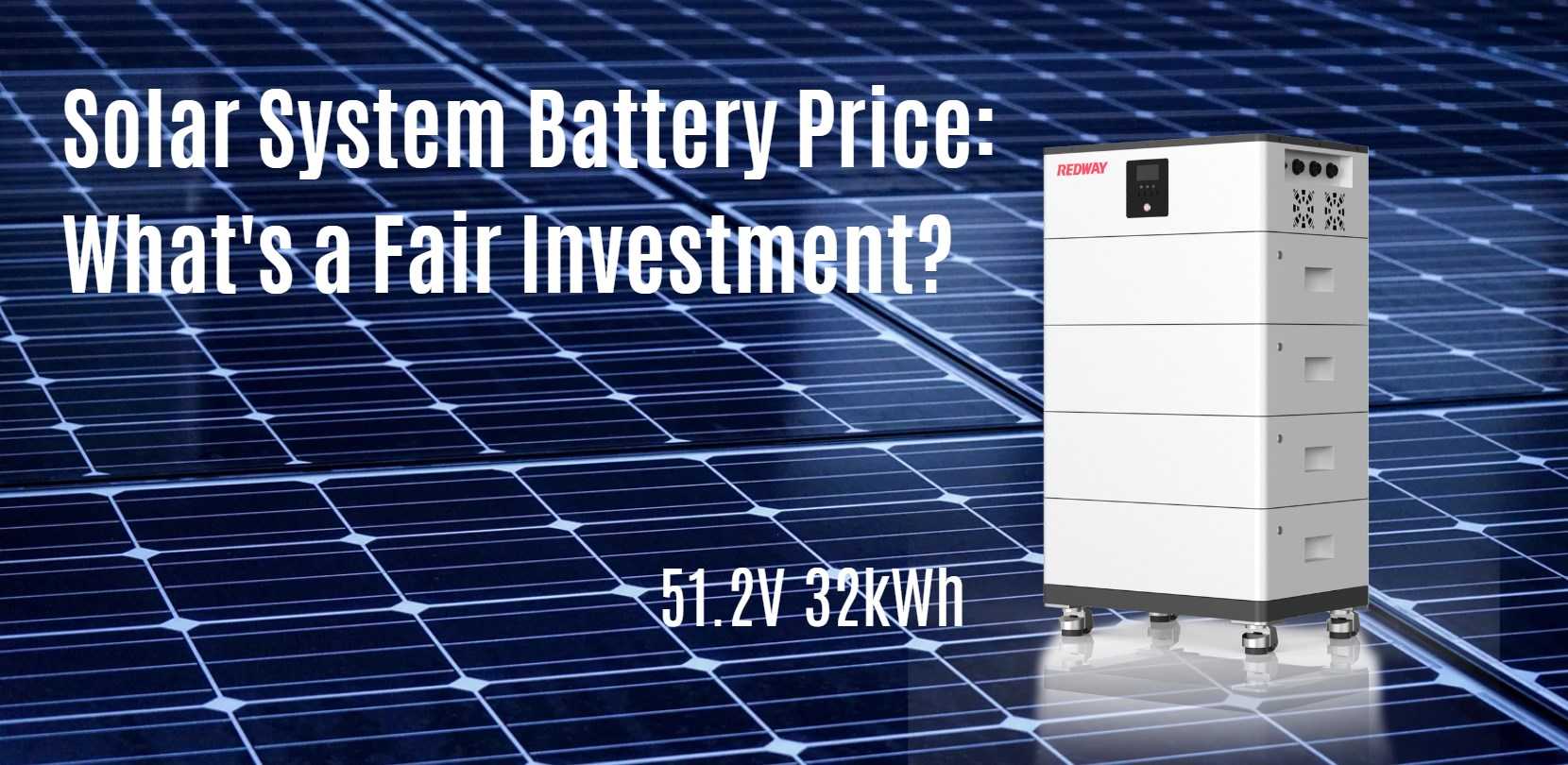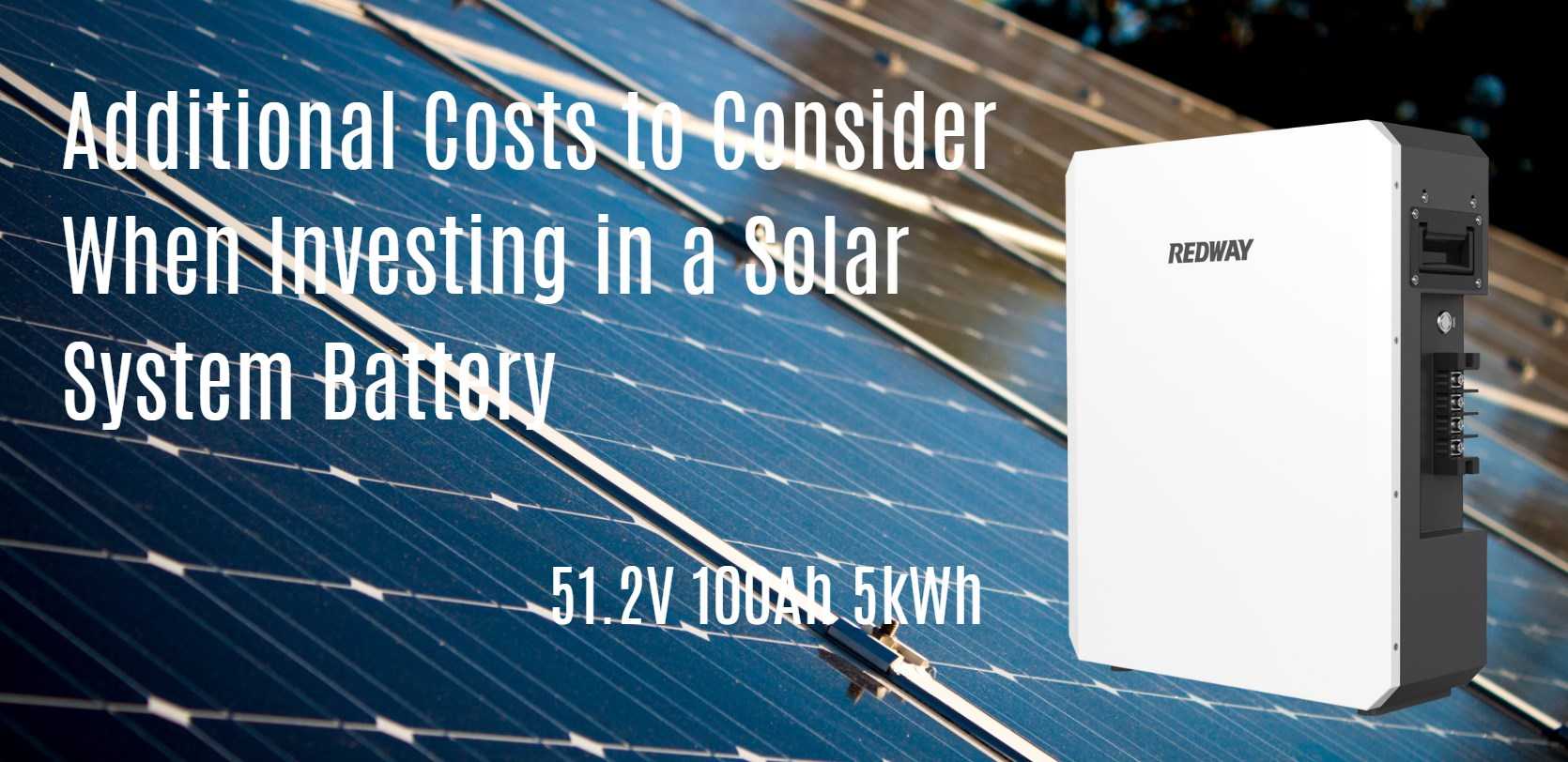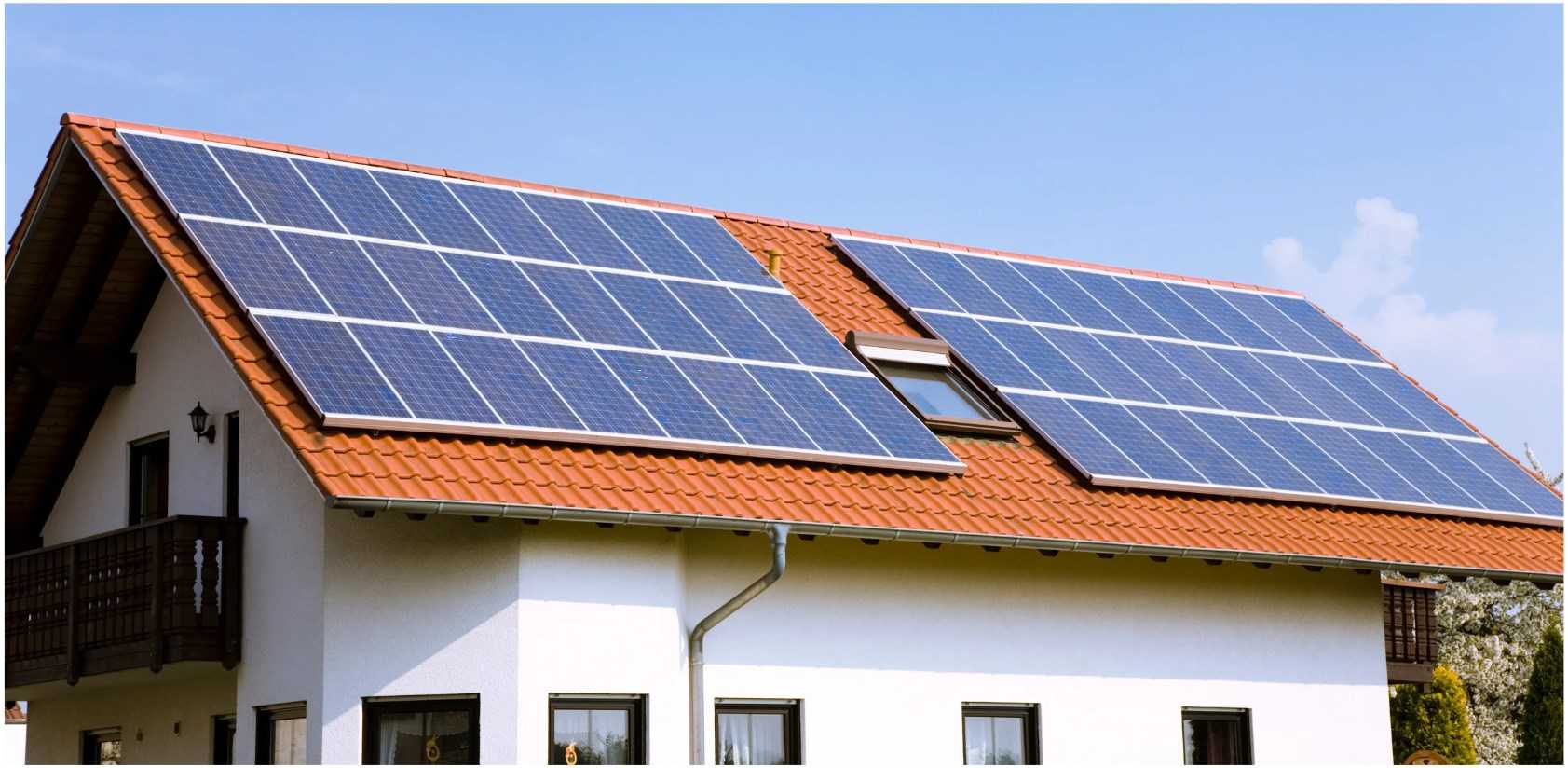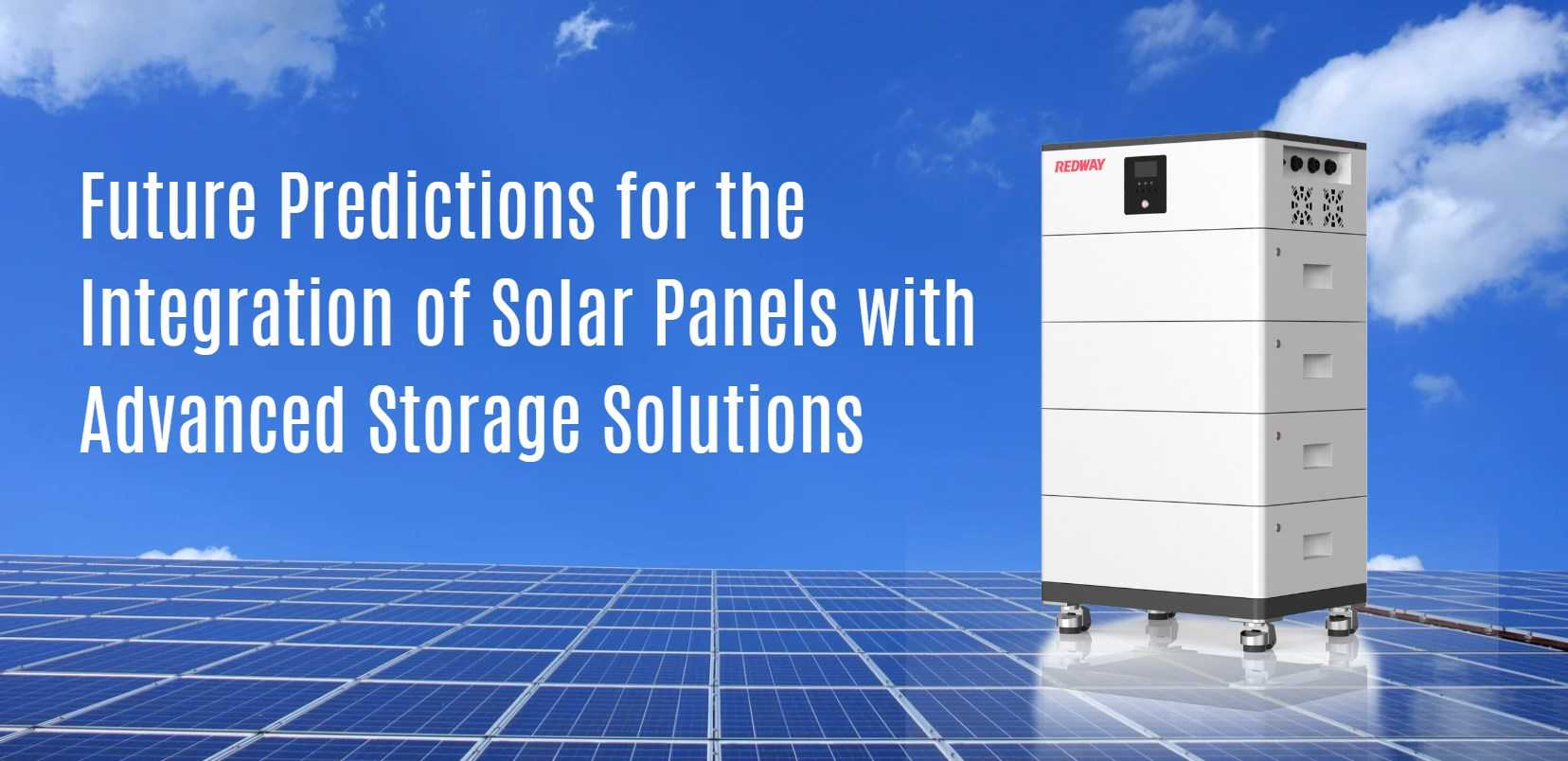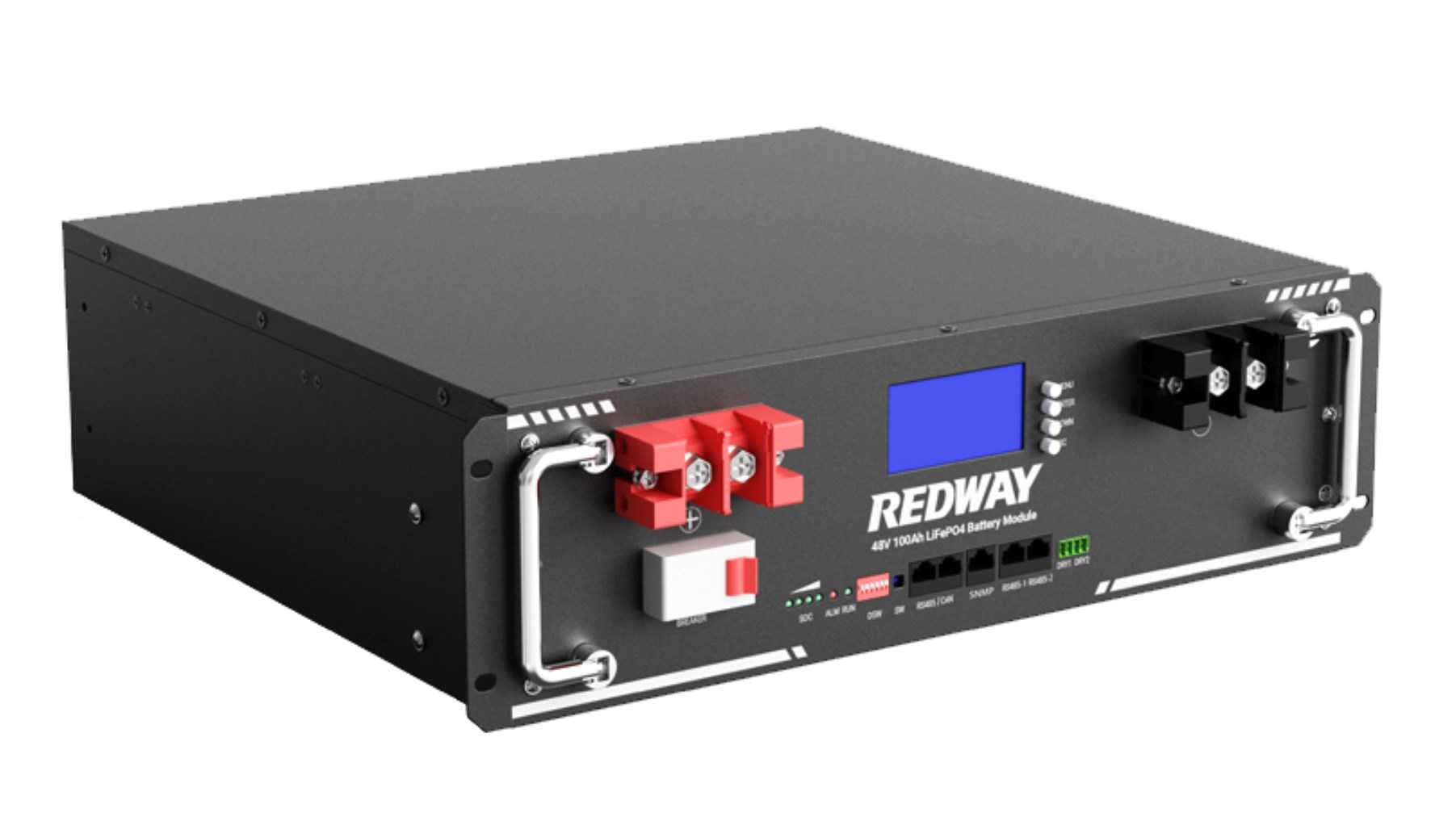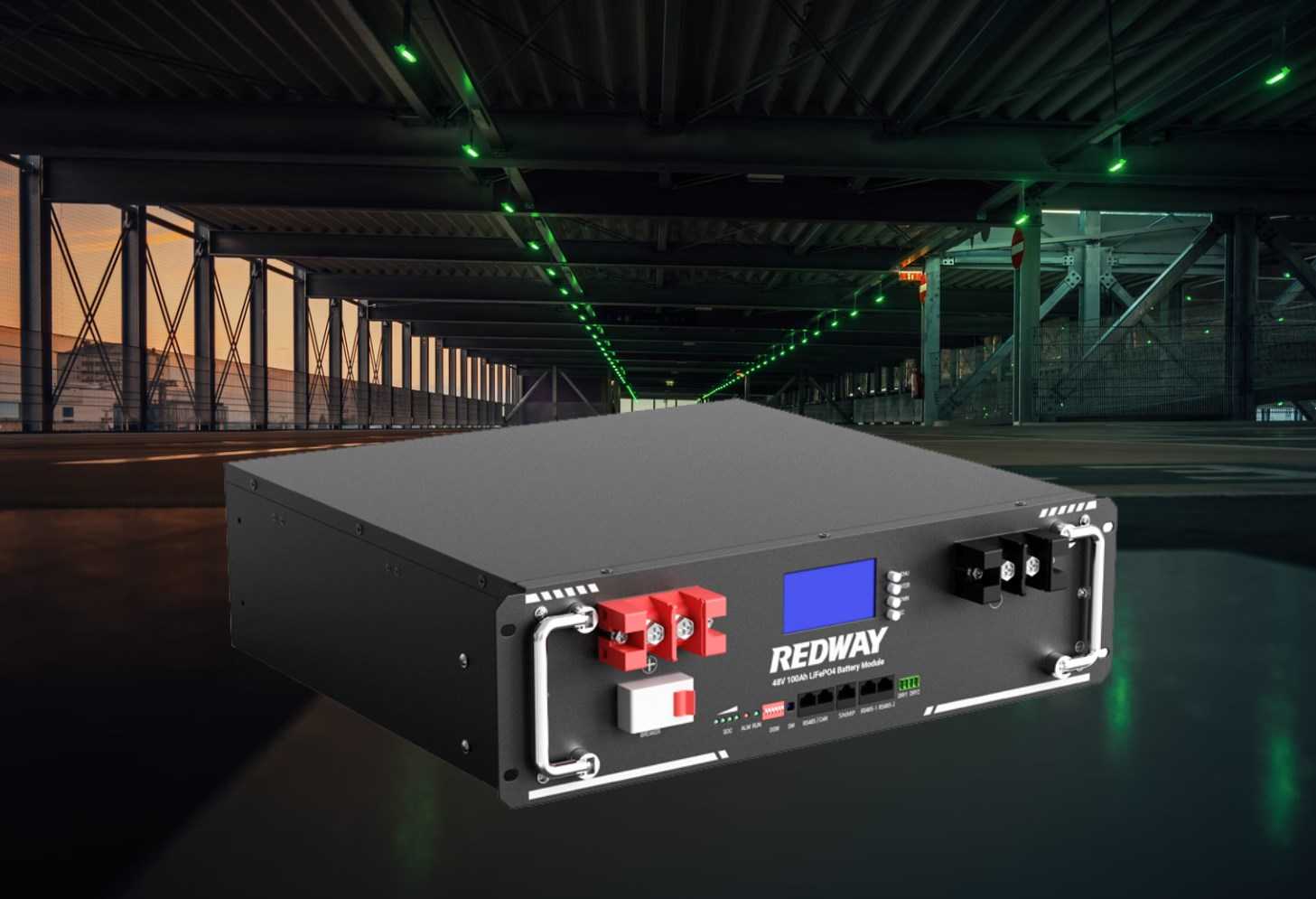How Can Solar Panel Battery Storage Revolutionize Your Energy Use?
Welcome to the future of energy! In a world where sustainability and renewable resources are gaining momentum, solar panel battery storage is revolutionizing the way we use and store electricity. Imagine being able to harness the power of the sun during daylight hours, and then have that energy available for use even after sunset. It’s like having your very own eco-friendly power plant right at home!
But how does this revolutionary technology work? And what are the benefits of incorporating solar panel battery storage into your energy system? We’ve got all the answers for you in this blog post. So sit back, relax, and get ready to embark on a journey towards a greener and more efficient way of using electricity. Let’s dive in!
How Does It Work?
Solar panel battery storage is an innovative technology that allows you to harness the power of the sun and store it for later use. But how exactly does it work? Let’s break it down.
Solar panels are installed on your roof or in an area with maximum exposure to sunlight. These panels consist of photovoltaic cells that convert sunlight into electricity through a process called the photovoltaic effect.
When the sunlight hits these cells, electrons are released from their atoms, creating an electric current. This current flows through an inverter, which converts it from direct current (DC) to alternating current (AC), making it compatible with household appliances and electrical systems.
But what about excess energy generated during peak sunlight hours or when your energy consumption is low? This is where solar battery storage comes into play. The excess electricity produced by your solar panels can be stored in batteries instead of being sent back to the grid.
These batteries store this surplus energy until needed, such as during nighttime or cloudy days when solar production is limited. When you require more electricity than your solar panels can produce at a given time, you can draw power from these batteries instead of solely relying on the grid.
This means that even if there’s a power outage or high demand on the grid, you’ll have access to reliable and uninterrupted energy supply thanks to your solar panel battery storage system. It also gives you greater control over how and when you use electricity while reducing reliance on fossil fuels and traditional energy sources.
Utilizing a solar panel battery storage system provides numerous benefits such as increased independence from traditional grids, reduced utility bills due to self-consumption of stored energy, and lower carbon footprint by using clean renewable energy sources like sunshine!
So why not make the most out of our abundant sunshine resources? Embrace this revolution in green technology and unlock unlimited possibilities for sustainable living!
Benefits of Using Solar Panel Battery Storage
Benefits of Using Solar Panel Battery Storage
Using solar panel battery storage can bring numerous benefits to your energy usage. One of the significant advantages is increased self-sufficiency. With a solar panel battery system, you can store excess energy generated by your panels during the day and use it at night or during times when sunlight is limited. This means that you rely less on grid electricity, reducing your reliance on fossil fuels and saving money on utility bills.
Another benefit is improved energy reliability. Traditional grid-tied systems are vulnerable to power outages, but with a solar panel battery storage system, you have backup power available to keep essential appliances running during blackouts or emergencies.
Furthermore, using solar panel battery storage promotes environmental sustainability. By storing clean renewable energy instead of relying solely on grid electricity from non-renewable sources, you reduce carbon emissions and contribute to a greener future for our planet.
Additionally, having a solar panel battery system increases the value of your property. Potential buyers view homes equipped with this technology as more desirable due to their reduced reliance on the grid and potential cost savings.
Utilizing solar panel battery storage gives you greater control over your energy consumption. You can monitor how much energy your panels generate versus how much you use in real-time through monitoring apps or devices connected to your system.
Using solar panel battery storage offers various benefits including increased self-sufficiency, improved reliability during power outages, environmental sustainability contributions,
increased property value,
and greater control over energy consumption.

Cost and Installation Process
Cost and Installation Process
When it comes to solar panel battery storage, understanding the cost and installation process is crucial. Let’s delve into this topic to get a clearer picture.
The cost of solar panel battery storage can vary depending on various factors such as the size of your system, the brand you choose, and any additional features or accessories you may opt for. It’s important to do your research and get quotes from different suppliers to find the best deal that suits your budget.
Installation is typically carried out by professionals who specialize in renewable energy systems. They will assess your property, determine the best location for optimal sunlight exposure, and install both the solar panels and battery storage unit. This process usually takes a few days but can vary depending on the complexity of your system.
It’s worth noting that while there is an initial investment involved in purchasing and installing solar panel battery storage, over time it can lead to significant savings on electricity bills. Plus, with potential government incentives or rebates available in certain areas, going solar becomes even more financially attractive.
Understanding the cost and installation process of solar panel battery storage is essential before making any decisions. By doing thorough research and getting professional advice, you can make an informed choice that fits both your energy needs and budget requirements
Environmental Impact
Environmental Impact
Solar panel battery storage systems have a significant positive impact on the environment. By harnessing the power of the sun, these systems reduce reliance on fossil fuels, which are a major contributor to greenhouse gas emissions and climate change.
One of the most notable environmental benefits of solar panel battery storage is its ability to reduce carbon dioxide emissions. Traditional energy sources like coal and natural gas release large amounts of CO2 into the atmosphere when burned for electricity generation. In contrast, solar power produces clean, renewable energy without any harmful emissions.
Furthermore, solar panel battery storage can help decrease air pollution. Fossil fuel combustion releases pollutants such as sulfur dioxide, nitrogen oxides, and particulate matter that contribute to smog formation and respiratory issues. By using solar energy instead, we can significantly improve air quality and create healthier living environments.
Another crucial aspect is water conservation. Conventional power plants consume vast amounts of water for cooling purposes in their operations. Solar panels require minimal or no water at all to generate electricity since they convert sunlight directly into usable energy.
In addition to reducing greenhouse gas emissions and conserving water resources, implementing solar panel battery storage systems also reduces dependence on non-renewable resources like coal or natural gas reserves that are finite in supply.
By choosing this sustainable solution for our energy needs, we can make a lasting positive impact on our planet’s health and preserve it for future generations to come.
Case Studies: Real Life Examples of Solar Panel Battery Storage Users
Case Studies: Real Life Examples of Solar Panel Battery Storage Users
Let’s take a look at some real-life examples of how solar panel battery storage has revolutionized energy use for homeowners and businesses alike.
In one case study, a family in California decided to invest in solar panel battery storage. They had been experiencing frequent power outages due to extreme weather conditions. By installing the battery storage system, they were able to store excess electricity generated by their solar panels during the day and use it during nighttime power outages. This not only provided them with uninterrupted power but also saved them money on utility bills.
Another example comes from a small business owner who runs a bakery in Australia. With rising energy costs, they were looking for ways to reduce their electricity expenses while maintaining operations. By implementing solar panel battery storage, they were able to offset a significant portion of their energy usage with stored solar power, resulting in substantial savings each month.
In both cases, the users experienced increased reliability and resilience against grid failures or fluctuations. The ability to store surplus energy allowed them greater control over their energy consumption patterns and reduced reliance on traditional power sources.
These are just two examples among many that demonstrate how solar panel battery storage can transform the way we use and think about energy. As more individuals and businesses recognize the benefits of this technology, we can expect even greater adoption worldwide.
Stay tuned for further advancements as researchers continue to develop more efficient batteries and integrate renewable energy systems into our daily lives without compromising reliability or affordability.
Conclusion: The Future of Energy and the Role of Solar Panel Battery Storage
Conclusion: The Future of Energy and the Role of Solar Panel Battery Storage
As we look towards the future, it is clear that solar panel battery storage will play a significant role in revolutionizing our energy use. With its ability to store excess electricity generated by solar panels, this technology allows us to harness the power of the sun even when it’s not shining.
The benefits of using solar panel battery storage are undeniable. Not only does it provide backup power during outages and reduce reliance on the grid, but it also helps homeowners save money on their energy bills. Additionally, with advancements in technology and decreasing costs, installing a solar panel system with battery storage has become more accessible than ever before.
Not only do individuals benefit from using solar panel battery storage, but so does our environment. By reducing dependence on fossil fuels and lowering carbon emissions, this clean energy solution helps mitigate climate change and create a sustainable future for generations to come.
Real-life case studies have shown how solar panel battery storage can transform homes into self-sufficient energy hubs. Whether it’s powering an entire house or simply providing electricity for essential appliances during emergencies, these examples demonstrate the versatility and reliability of this innovative technology.
In conclusion (Oops! Sorry about that!), as we continue to seek ways to transition towards cleaner forms of energy, solar panel battery storage emerges as a game-changer in our quest for sustainability. Its potential is limitless – imagine communities powered entirely by renewable sources or cities becoming resilient against power outages through decentralized energy systems.
While challenges remain in terms of cost-effectiveness and scalability at a larger scale, ongoing research and development efforts promise exciting breakthroughs that could make renewable energy mainstream sooner than we think.
So let’s embrace this opportunity to harness the power of sunlight while safeguarding our planet for future generations. Together, we can shape a brighter tomorrow fueled by clean energy solutions like solar panel battery storage.

